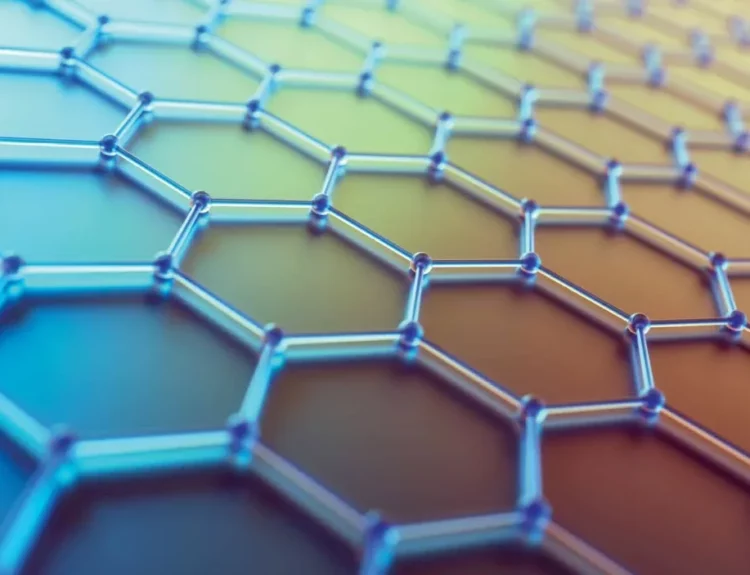A silent hero stands solid and steady in extreme temperatures: quartz plates. These seemingly simple slabs of quartz crystal play a vital role in high-temperature applications, where other materials would crumble and crack under pressure. Let’s examine why quartz plates are the go-to choice when things start heating up.
What Are Quartz Plates?
Quartz plates are thin sheets made from quartz crystal, a naturally occurring mineral of silicon and oxygen atoms. This crystal-clear material is prized for its remarkable thermal stability, low thermal expansion, and also the resistance to high temperatures.
Why Quartz Plates Shine in Heat
Quartz plates are in a league of their own when it comes to enduring scorching temperatures. Unlike many other materials that may warp, melt, or degrade under heat, quartz plates remain virtually unfazed. They can sustain temperatures up to 1,000 degrees Celsius without breaking a sweat, making them indispensable in applications where extreme heat is par for the course.
Applications in the Hot Seat
So, where exactly do quartz plates prove their mettle in high-temperature environments? Here are a few examples:
- Furnace Tubes: In industrial furnaces used for heat treatment and metal smelting processes, quartz plates serve as durable linings or tubes that can withstand intense heat without compromising structural integrity.
- Crucibles: Quartz crucibles, which are exceptionally resistant to high temperatures and chemical corrosion, are used in laboratories and manufacturing facilities to melt and refine metals and grow single crystals.
- Heat Shields: Quartz plates are used as heat shields in spacecraft re-entry vehicles and automotive exhaust systems to protect sensitive components from the blistering temperatures generated during high-speed travel or combustion.
- Thermocouple Protection: Quartz plates provide a transparent barrier to shield thermocouples—devices used for measuring temperature—from the harsh conditions in industrial processes like steelmaking and glass manufacturing.
Why Quartz Plates Rule the Roost
The secret to quartz plates’ heat resistance lies in their crystal structure. Unlike materials such as glass or ceramic, which have random atomic arrangements, quartz crystal boasts a highly ordered lattice that imparts exceptional thermal stability. Additionally, quartz plates exhibit minimal thermal expansion, meaning they won’t expand or contract significantly when subjected to temperature fluctuations, reducing the risk of cracking or distortion.
Looking Ahead
As industries continue to push the boundaries of temperature extremes, the demand for reliable, heat-resistant materials like quartz plates is only expected to grow. With ongoing research and advancements in manufacturing techniques, quartz plates may soon find even broader applications in emerging fields such as renewable energy, advanced materials processing, and aerospace engineering.
In conclusion, while quartz plates may appear unassuming at first glance, their ability to withstand blistering temperatures makes them indispensable players in high-temperature applications. Whether it’s keeping furnaces firing or spacecraft soaring, these sturdy slabs of quartz crystal prove that when the heat is on, they’re the ones to rely on.
To purchase Quartz Plates, please follow the links.
2.Shilpent







